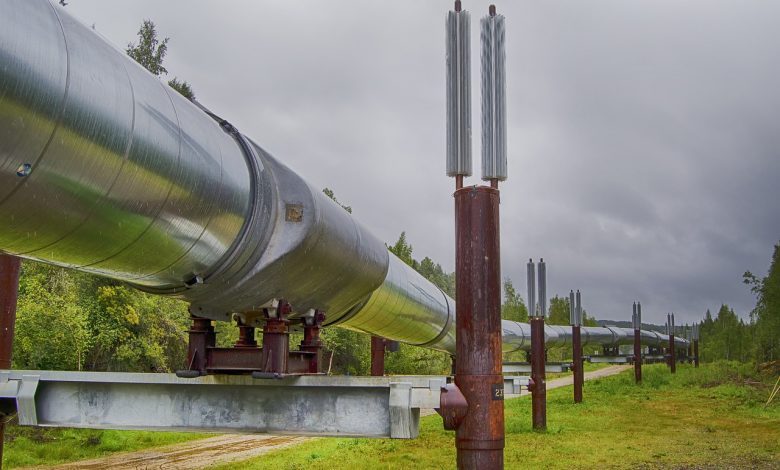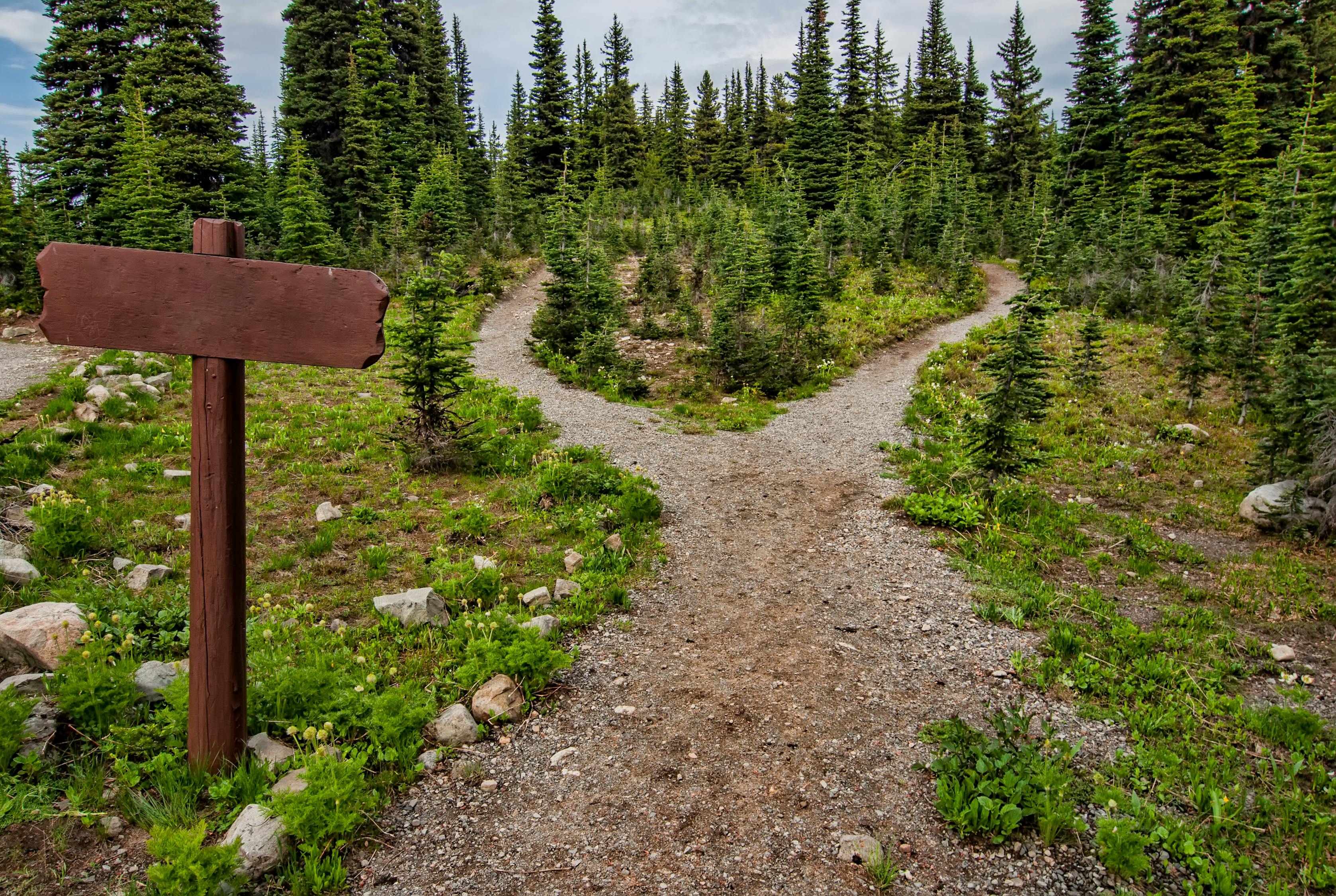Keystone XL Is on the Verge of Becoming a Zombie Pipeline

Pipeline Challenges
2020 is turning out to be a terrible year for fossil fuel pipelines. A series of legal battles and financial impediments have put a wrench in the Trump administration’s fossil fuel agenda. At the beginning of July, the Supreme Court excluded the Keystone XL tar sands pipeline from a fast-track permitting process. Instead, the Supreme Court issued a ruling that is bound to cause even more delays for the pipeline, which was previously rejected in January 2012 by the Obama administration. After rejecting TransCanada’s Presidential Permit application to construct a 1,661 miles long expansion project that would connect to the existing Keystone Pipeline system, many energy analysts thought that the Keystone XL expansion would be permanently thwarted. However, soon after taking office in 2016, President Trump reissued a permit to TransCanada to move forward with the construction of the Keystone XL Pipeline. Four years after having the permit reissued, the Keystone XL Pipeline still has not been fully constructed. After the latest ruling from the Supreme Court, its future looks less clear than ever.

Trump’s Fossil Fuel Agenda
Cutting environmental regulations and establishing policies to boost growth in the oil, natural gas, and coal sectors have long been among some of President Trump’s most tenacious and controversial campaign pledges. In spite of strong criticism from natural resource professionals and environmental advocates, Trump’s energy plan fundamentally called for developing more fossil fuels with less regulation around oil and gas extraction, environmental permitting, and pipeline expansion. However, with three prominent oil and gas pipelines thwarted within the first week of July, the Trump administration’s fossil fuel agenda is starting to experience more pressure.
Foiled Pipelines
On July 5th, the Atlantic Coast Natural Gas Pipeline was officially killed after a lengthy legal battle. In recent years, natural gas pipelines have become vital for connecting natural gas production facilities with storage and refining operations. In 2018 alone, the country’s sophisticated network of pipeline infrastructure transported around 28 trillion cubic feet of natural gas to approximately 75 million Americans (EIA, 2019). While it has become clear that the continued expansion of the natural gas industry will have to rely on the expansion of the pipeline network to reach new consumers, the regulatory procedures needed to expand natural gas pipelines has become more challenging. To the great disappointment of a number of American natural gas producers, the multi-billion-dollar Atlantic Coast Pipeline project was canceled entirely. One day after this critical hit on the natural gas industry along the Eastern seaboard, the Dakota Access Pipeline was ordered to shut down its operations from North Dakota to Illinois.
A number of environmental groups and Native Americans from the Standing Rock Sioux Tribe have been fighting for years to defeat the Dakota Access Pipeline. On July 6th, their efforts were finally realized when Judge James E. Boasberg from the U.S. District Court for the District of Columbia vacated a federal permit that was issued for the pipeline. In response to the legal ruling, the owners of the Dakota Access Pipeline issued a scathing rebuttal of the shutdown. They said, “We will be immediately pursuing all available legal and administrative processes and are confident that once the law and full record are fully considered, Dakota Access Pipeline will not be shut down and that oil will continue to flow” (Fortin & Friedman, 2020). The president of the North Dakota Petroleum Council added that the pipeline closure would have an adverse impact on the region’s economy. According to the ruling from Judge Boasberg, all oil must be emptied from the pipeline by August because the government had not conducted sufficient studies to evaluate the risks of a major oil spill.

The Keystone XL Pipeline
The situation with the Keystone XL Pipeline mirrors what has happened with the Atlantic Coast Natural Gas Pipeline and the Dakota Access Pipeline. After many years of planning and countless lawsuits, the proposed Keystone XL Pipeline has hit another obstacle. In May, a federal judge sided with environmental organizations on a ruling that oil and gas pipelines must be subject to a lengthy regulation and permitting process to cross through bodies of water. Following this decision, the Supreme Court upheld the lower court ruling for the Keystone XL Pipeline. Interestingly, the Supreme Court invalidated the lower court ruling for a number of other pipelines that were projected to cross bodies of water, which essentially allows them to be fast-tracked for construction. While the process for constructing the other pipelines will now be streamlined, the Supreme Court decision may jeopardize the future of the Keystone XL Pipeline. If the environmental review process continues past the next presidential election, Democratic nominee and former Vice President Joe Biden has promised to rescind the permit for the Keystone XL Pipeline.

Tar Sands
Prior to the latest setback issue by the Supreme Court, the Keystone XL Pipeline had already been in the news for many years. In June 2010, the Keystone Pipeline was brought online to transport tar sands oil from northeastern Alberta to energy markets in the Midwest. One of the main concerns with the existing Keystone Pipeline is the fact that it was created specifically for tar sands oil development, which has been criticized for its significant energy- and water-intensive extraction process. Tar sands are known as some of the dirtiest fossil fuels because of the vast environmental and economic costs that are associated with the extraction methods. However, there is an abundance of thick tar sands oil in Canada. According to the Canadian Association of Petroleum Producers, there are about 171 billion barrels of oil that can be extracted from the Florida-sized deposit of tar sands (CAPP, 2017).
Refining and extracting tar sands oil creates substantially more greenhouse gas emissions compared to the production of traditional sources of oil through drilling and pumping crude from underground reserves. Furthermore, scientists say that tar sands oil produces up to 37 percent more greenhouse gas emissions than conventional sources of crude oil (Struzik, 2016). In addition, the extraction and mining process releases toxic hydrocarbons, sulfur oxides, nitrogen oxides, and other fine particulate pollutants into the atmosphere (Riebeek, 2016). Communities that are situated near the open-pit tar sands mines have been adversely impacted with a variety of health-related issues. Cancer-causing chemicals from extracting and processing tar sands have been found in both the air and water, while also within local wildlife (Denchak, 2015).

Pressing Concerns
As a result of the significant health and environmental concerns associated with tar sands production, the proposal to expand the existing Keystone Pipeline with the $13 billion Keystone XL Pipeline created a significant amount of controversy. The debate became even more heated in 2017, when the existing Keystone Pipeline leaked over 210,000 gallons of raw crude oil in South Dakota (Ehrlich, 2020). Despite the environmental and health concerns, supporters of the Keystone XL Pipeline expansion have continued to convey the economic benefits. Project supporters say that the Keystone XL Pipeline will bring over $20 billion in private sector investment to the U.S. economy, create 20,000 manufacturing and construction jobs, generate over $585 million in new tax revenue, and strengthen America’s energy security (GEI, 2020).
A New Lawsuit
In mid-July, a slew of environmental groups filed a new lawsuit against the development of the Keystone XL Pipeline. The Natural Resources Defense Council, in partnership with the Sierra Club, the Center for Biological Diversity, Bold Alliance, and the Friends of the Earth organization challenged how to U.S. Bureau of Land Management issued a construction permit for 44 miles of the Keystone XL Pipeline that would cross federally owned land. In a recent press conference, an attorney from the Natural Resources Defense Council said, “Despite repeatedly losing in court, the Trump administration just doesn’t get it. Its latest approvals to try to greenlight the dangerous pipeline are just as flawed and illegal as those previously struck down by the courts” (Schwartz, 2020).
Even though the construction of the pipeline was already blocked by the Supreme Court ruling, the environmental organizations continued to slam the project stakeholders in an attempt to kill any chance that the pipeline could be revived. The environmental lawsuit specifically targets the environmental review that was conducted by the U.S. Bureau of Land Management and the Fish and Wildlife Service. The environmental advocates say that there are numerous review flaws related to the Endangered Species Act and the National Environmental Policy Act.
Less than two weeks after the environmental groups filed their lawsuit against the U.S. Bureau of Land Management and the Fish and Wildlife Service, the Trump administration announced a ruling change to increase the amount of oil that the Keystone XL Pipeline could carry once constructed. In an attempt to strike back against the environmentalists, the Trump administration raised the cross-border oil shipment limit from 590,000 barrels a day to 760,000 barrels a day (Tuttle, 2020). In response to the change in the cross-border oil shipment limit, the energy minister of Alberta praised the Trump administration’s efforts to support economic activity on both sides of the border. Even though the permit from the pipeline has still been blocked, the White House has upped the stakes for its construction.

Is There a Path Forward?
Since the inception of the Keystone XL Pipeline proposal, public opinion has been changing with regards to pipeline projects and climate change. As a pipeline analyst with ClearView Energy, Christine Tezak has witnessed the changing perceptions over the past decade. She says, “The landscape has absolutely changed. We attribute that to the permitting process getting harder and permits being more vulnerable upon judicial review. That arises from the fact that environmental, tribal, and landowner advocates have gotten much better at bringing their cases” (Borunda, 2020). Since the initial proposal for the Keystone XL Pipeline was revealed over ten years ago, the construction timeline has continued to be pushed back. This scenario has led some to label the Keystone XL Pipeline as the “zombie pipeline.”
A situation in which the construction of the pipeline is continuously delayed is exactly the scenario that the environmentalists have been attempting to achieve. Through a continuous series of environmental reviews and lawsuits, environmental organizations are creating a never-ending process that will prevent the pipeline from ever being constructed. If Joe Biden is elected president while the Keystone XL Pipeline is still stalled, the project is likely to be permanently scrapped. In a 2012 op-ed, experienced NASA climate scientist James Hansen said, “If Canada proceeds with expanding oil sand mining in Alberta, and we do nothing, it will be game over for the climate” (Borunda, 2020). Environmentalists hope that stopping the Keystone XL Pipeline will impede the future of tar sands development in Canada.
Sources
Borunda, A. (2020). “Keystone XL stalls—again—along with other pipeline projects.” National Geographic.
CAPP. (2017). “What are Oil Sands?” Canadian Association of Petroleum Producers.
Denchak, M. (2015). “The Dirty Fight Over Canadian Tar Sands Oil.” Natural Resources Defense Council.
Ehrlich, J. (2020). “Supreme Court deals major blow to Keystone XL project.” CNN.
EIA. (2019). “Natural Gas Explained.” The U.S. Energy Information Administration.
Fortin, J. and Friedman, L. (2020). “Dakota Access Pipeline to Shut Down Pending Review, Federal Judge Rules.” The New York Times.
GEI. (2020). “Keystone XL Pipeline Project.” U.S. Chamber of Commerce’s Global Energy Institute.
Riebeek, H. (2016). “World of Change: Athabasca Oil Sands: Feature Articles.” NASA.
Schwartz, C. (2020). “NRDC and Partners Sue—Again—Over Flawed Keystone XL Pipeline Approvals.” Natural Resources Defense Council.
Struzik, Ed. (2016). “Once Unstoppable, Tar Sands Now Battered from All Sides.” Yale E360: Yale School of Forestry & Environmental Studies.
Thompson, J., et al. (2020). “Keystone XL Faces New Legal Challenge Over Faulty Review by BLM.” Natural Resources Defense Council.
Tuttle, R. (2020). “Trump Lets Keystone Ship More Oil with Expansion Stalled.” Bloomberg Media.



